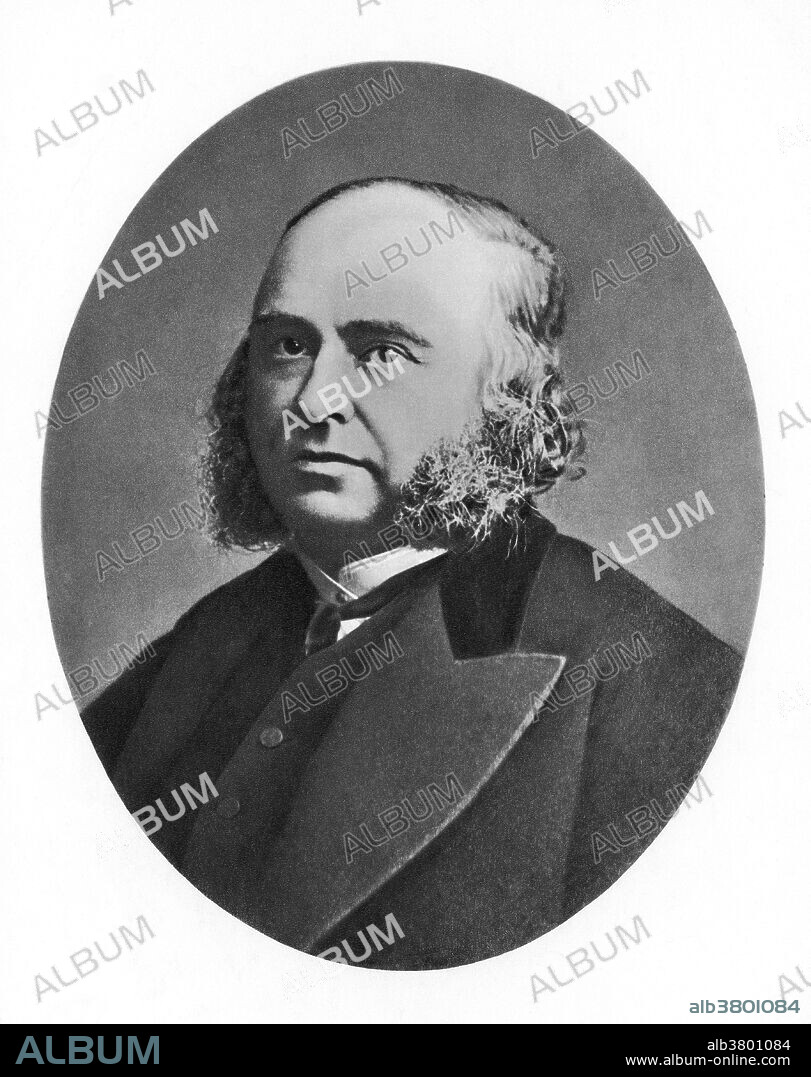alb3801084
Paul Broca, French Anatomist and Anthropologist

|
Zu einem anderen Lightbox hinzufügen |
|
Zu einem anderen Lightbox hinzufügen |



Haben Sie bereits ein Konto? Anmelden
Sie haben kein Konto? Registrieren
Dieses Bild kaufen.
Nutzung auswählen:

Titel:
Paul Broca, French Anatomist and Anthropologist
Untertitel:
Siehe automatische Übersetzung
Pierre Paul Broca (1824-1880) was a French physician, surgeon, anatomist and anthropologist. He is best known for his research on Broca's area, a region of the frontal lobe that has been named after him and is responsible for articulated language. His work revealed that the brains of patients suffering from aphasia contained lesions in a particular part of the cortex, in the left frontal region and the first anatomical proof of the localization of brain function. His work also contributed to the development of physical anthropology and advancing the science of anthropometry. His early scientific works dealt with the histology of cartilage and bone, but he also studied cancer pathology, the treatment of aneurysms, and infant mortality. As a neuroanatomist he made important contributions to the understanding of the limbic system and rhinencephalon. He wrote extensively on biological evolution. Broca wrote on public health and advocated for women's education, public education and its separation from the church. His is one of the 72 names inscribed on the Eiffel Tower.
Bildnachweis:
Album / Science Source / New York Public Library
Freigaben (Releases):
Model: Nein - Eigentum: Nein
Rechtefragen?
Rechtefragen?
Bildgröße:
3597 x 4544 px | 46.8 MB
Druckgröße:
30.5 x 38.5 cm | 12.0 x 15.1 in (300 dpi)
Schlüsselwörter:
ANTHROPOLOGIE • ANTHROPOMÉTRIE • ARZT • BERÜHMT • BERÜHMTE PERSÖNLICHKEIT • DOKTOR • ENTDECKER • EUROPAEER (F M) • EUROPAEER • EUROPÄER (F M) • EUROPÄER • EUROPÄISCH • FORSCHER • ILLUSTRATION • ILLUSTRATIONS • MANN • MEDIZINER • NOTABEL • PERSON • PERSöNLICHKEITEN • PERSÖNLICHKEITEN • PROMINENZ • TRENNUNG VON STAAT UND KIRCHE • WISSENSCH.: ANTHROPOLOGIE • WISSENSCHAFT: ENTDECKER • WISSENSCHAFT: FORSCHER
 Pinterest
Pinterest Twitter
Twitter Facebook
Facebook Link kopieren
Link kopieren Email
Email
